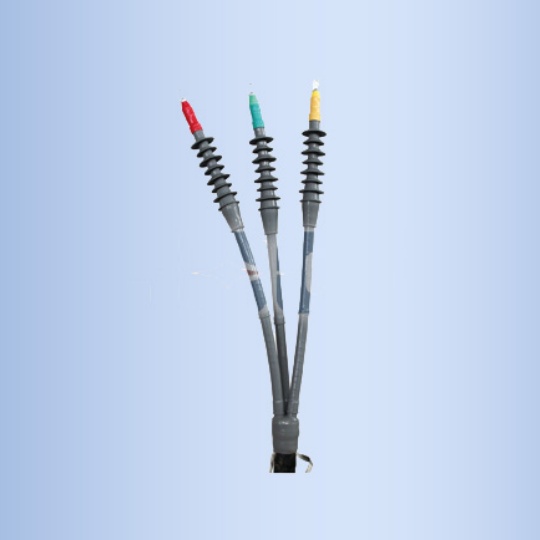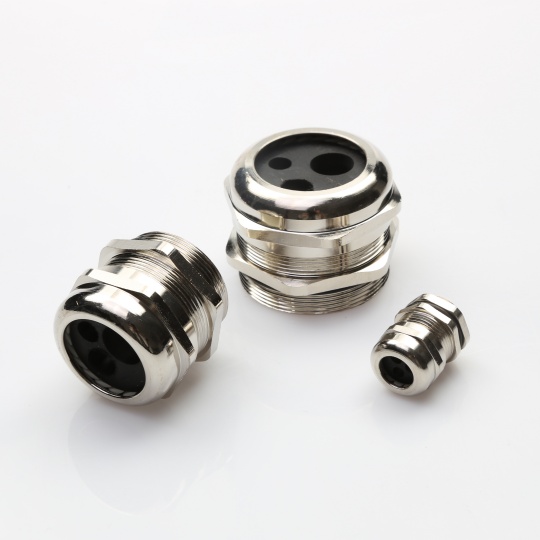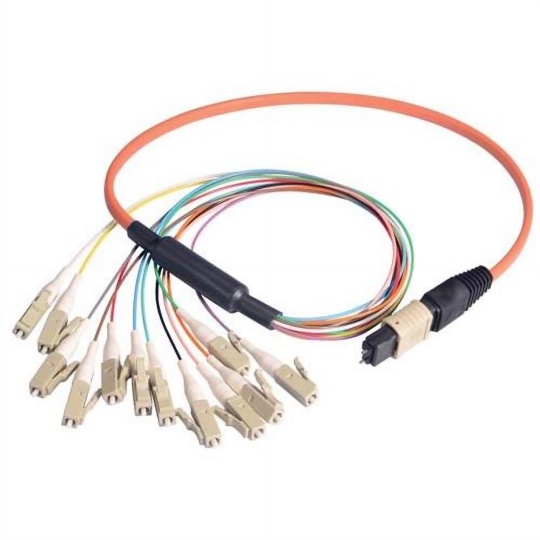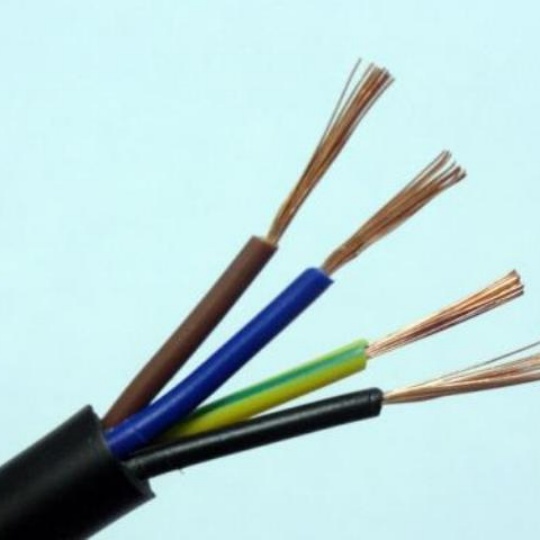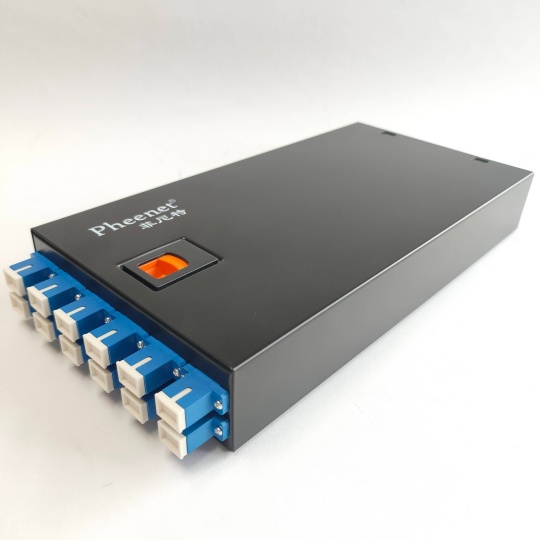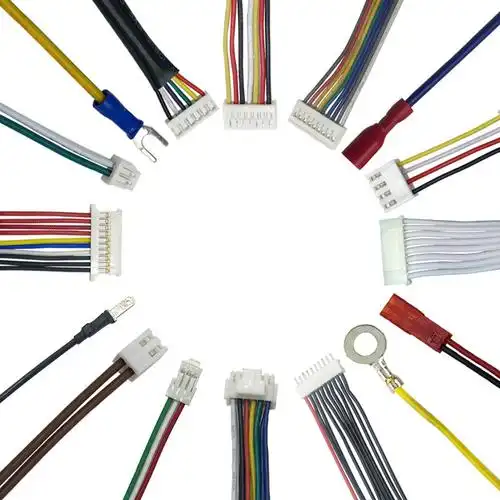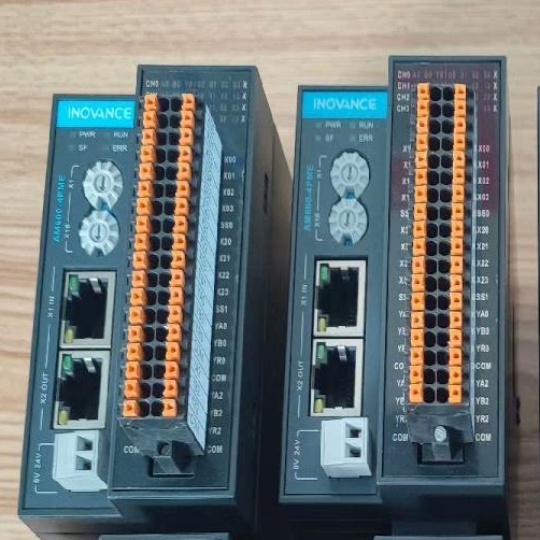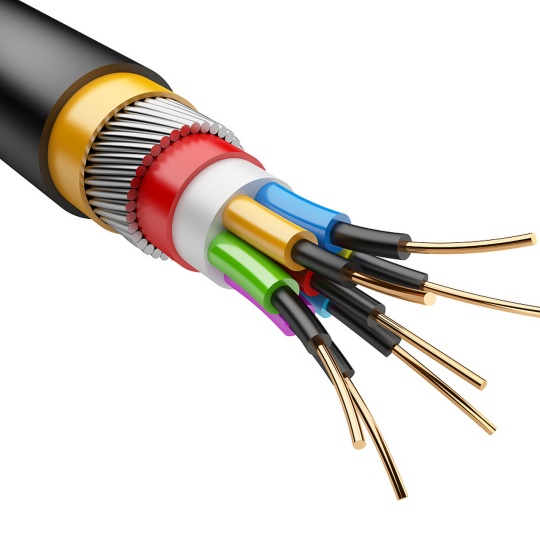Extreme Weather Tests Outdoor Cables
As climate change accelerates, outdoor cables face unprecedented challenges from extreme weather conditions. From scorching heatwaves to bone-chilling freezes, these environmental stressors can significantly impact cable performance and lifespan, leading to potential disruptions in power and communication networks.
In regions experiencing intense heatwaves, outdoor cables are subjected to elevated temperatures that can cause the insulation materials to degrade. Polyvinyl chloride (PVC), a commonly used insulation material, becomes more flexible and prone to cracking as it softens under high heat. This cracking exposes the inner conductors, increasing the risk of short circuits and electrical failures. For instance, during the record-breaking heatwave in California in 2023, numerous power outages were attributed to damaged outdoor cables. The continuous exposure to temperatures exceeding 40°C (104°F) for extended periods weakened the cable insulation, ultimately leading to system breakdowns.
Conversely, extremely cold weather poses its own set of problems. When temperatures plummet, insulation materials become brittle and more likely to fracture. This is especially true for rubber-based insulations, which lose their elasticity in freezing conditions. In areas with harsh winters, such as the northern parts of Canada and Russia, ice accumulation on cables can add significant weight, causing them to sag or even break. The mechanical stress from the ice and snow, combined with the brittleness of the insulation, creates a perfect storm for cable failure. A case in point is the winter storms in Texas in 2021, where the freezing temperatures and heavy ice caused widespread damage to outdoor power cables, leaving millions without electricity.
High winds and storms also take a toll on outdoor cables. Strong gusts can whip cables around, causing abrasion against supports or other objects. Over time, this abrasion wears away the insulation, exposing the conductors. Additionally, lightning strikes during thunderstorms can induce high-voltage surges in cables, damaging the internal components and potentially rendering the cables inoperable. In coastal regions prone to hurricanes and typhoons, the combination of high winds, saltwater spray, and heavy rain can further accelerate the deterioration of outdoor cables. The salt in the spray can corrode metal components, while the rain can seep into any existing cracks in the insulation, leading to short circuits.
Wildfires are another emerging threat to outdoor cables, particularly in fire-prone areas. The intense heat and flames from wildfires can quickly melt and destroy cables, disrupting power and communication lines that are crucial for emergency response and recovery efforts. The Camp Fire in California in 2018, one of the most destructive wildfires in the state’s history, burned through miles of outdoor cables, leaving entire communities isolated without essential services.
The impact of extreme weather on outdoor cables extends beyond immediate failures. Frequent exposure to harsh conditions can shorten the expected lifespan of cables, requiring more frequent replacements and maintenance. This not only incurs additional costs for utility companies and network operators but also poses challenges in ensuring a reliable supply of power and connectivity to consumers.
To mitigate these risks, the development of more resilient outdoor cable materials is crucial. Researchers are exploring new insulation materials with enhanced heat resistance, cold flexibility, and durability. Some innovative materials are designed to self-heal minor cracks or resist abrasion better, offering improved protection against extreme weather. Additionally, better installation practices, such as proper routing to avoid areas prone to ice accumulation or abrasion, and the use of protective covers and conduits, can help extend the lifespan of outdoor cables in harsh environments.
In conclusion, extreme weather events are increasingly putting outdoor cables to the test. Understanding the vulnerabilities of cables in different weather conditions is the first step in developing strategies to safeguard critical infrastructure and maintain reliable power and communication networks in the face of a changing climate.


